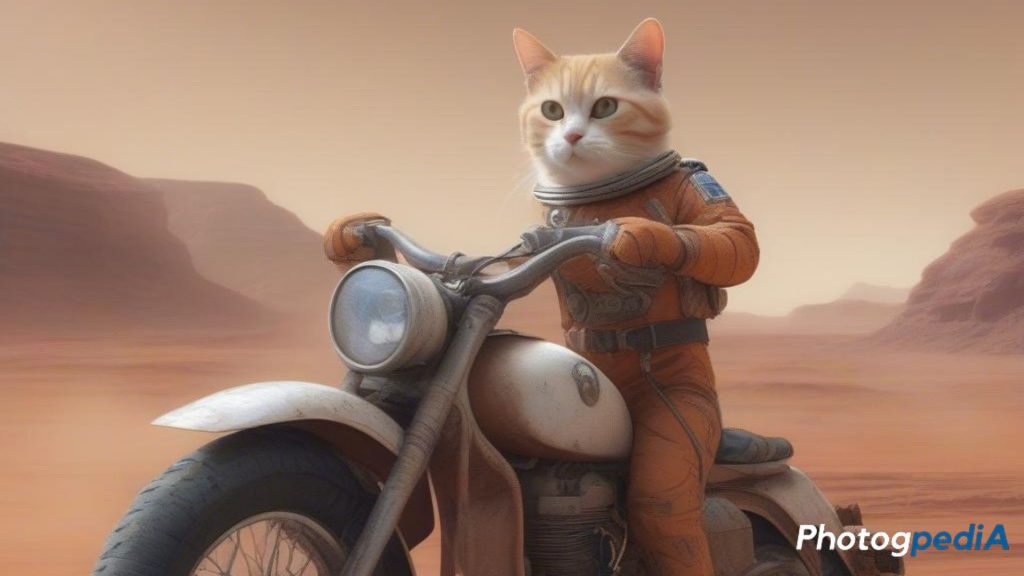Have you ever envisioned a photorealistic portrait of a cat riding a motorcycle on Mars? Maybe a watercolor painting of a cityscape built on the back of a giant turtle? With AI art styles, these fantastical creations and countless others are just a prompt away.
I recently embarked on a captivating journey into the world of AI art. I experimented with various generators and letting my imagination run wild with creative prompts. From swirling galaxies rendered in a Van Gogh-inspired style to hauntingly beautiful landscapes, the possibilities seem endless.
But beyond the awe-inspiring results, AI art poses fascinating questions about the future of art creation. It also challenges and the ever-blurring lines between technology and human expression. So, let’s delve deeper into what exactly AI art is and how it’s transforming the way we create art.
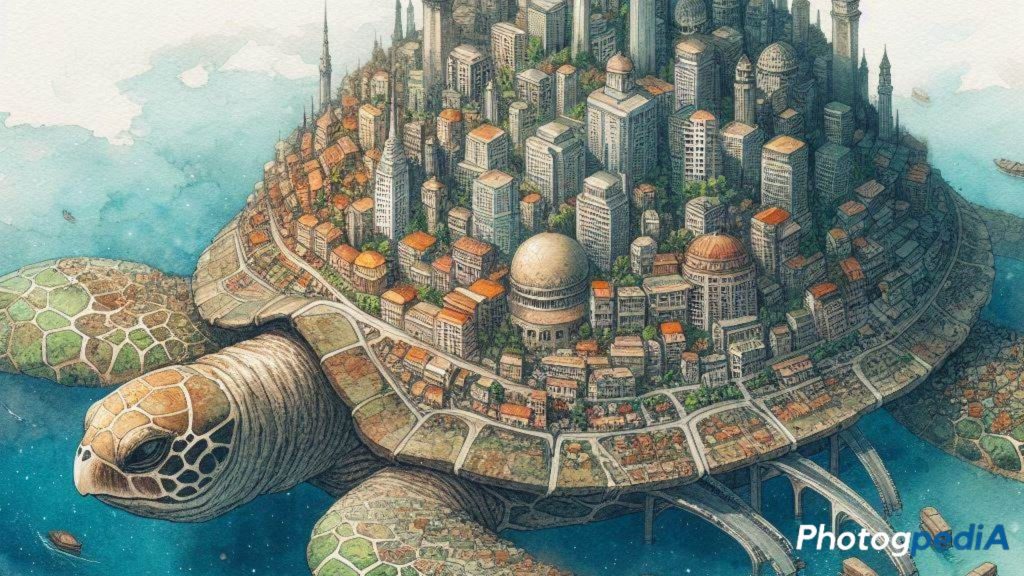
Table of Contents
Historical Background of AI Art
The artistic spark of AI art, specifically, predates the very computers that power it today. The journey of AI art began with early experiments in the mid-20th century. It first sought to understand and replicate human creativity through machines. These initial attempts were rudimentary, focusing on simple patterns and shapes generated by algorithms. Think of these early efforts as the first tentative steps of a child learning to draw.
However, as technology advanced, so did the complexity and sophistication of AI art. The 1960s witnessed the birth of algorithmic art, laying the groundwork for future developments. This era saw artists and programmers collaborating to create art using computer algorithms. People significantly pushed the boundaries of what was considered “art” and introducing the concept of human-computer collaboration in artistic creation.
The arrival of neural networks and deep learning in the early 21st centuries marked a turning point for AI art. Neural networks allowed AI to learn and adapt from vast amounts of data. This particularly included existing artwork. This led to a dramatic increase in the realism, detail, and stylistic diversity of AI-generated art.
Today, AI art generators can produce works that mimic the styles of famous artists. These generators create original pieces in various artistic styles. Moreover, they even generate entirely new art forms that blur the line between the digital and the physical.
Understanding AI Art Styles
Following the fascinating history of AI art, let’s delve into the essence of what makes an AI art style unique. AI art styles are defined by the intricate interplay of algorithms, training data, and carefully chosen parameters.
Key Elements of AI Art Styles
- Algorithms: The core of any AI art style is its underlying algorithm. It acts as the blueprint for how the art is generated. Different algorithms have varying strengths and weaknesses, influencing the overall aesthetic and creative approach. For instance, some algorithms excel at producing photorealistic images, while others are better suited for creating abstract or dreamlike visuals.
- Training Data: The data used to train the AI is like the foundation on which an artist builds their skills. AI art generators are trained on massive datasets of images and text. These allow them to learn and develop their ability to generate art. The type and quality of this training data significantly influence the resulting artwork. For example, an AI trained on a dataset of Renaissance paintings will likely produce art with a more classical style. Identically, one trained on a collection of anime illustrations might generate works with a more cartoonish aesthetic.
- Parameters: These act as the final seasoning in the AI art creation process. Programmers and artists can adjust various parameters within the AI to achieve the desired effect. These parameters can include things like color schemes, brushstroke styles, levels of abstraction, and the overall mood or feeling of the artwork. By carefully manipulating these parameters, artists can guide the AI towards a specific style or concept.
Popular AI Art Styles
This time, here’s a guided tour of some of the most popular AI art styles. Exploring their characteristics, potential applications, and some sample prompts to inspire you to experiment with AI art creation.
Realistic AI Art
Realistic AI art strives to replicate the real world with such stunning detail that it can be hard to distinguish the generated image from a photograph. This style focuses on capturing intricate details, textures, and lighting, making it a powerful tool for various fields. In the realm of digital media and advertising, for instance, AI-generated portraits can showcase products with lifelike models, and virtual reality experiences can benefit from hyper-realistic landscapes that immerse users in believable environments.
Examples of realistic AI art include portraits that capture every wrinkle and crease on a face, or similarly breathtaking landscapes that transport you to a secluded beach with crystal-clear water and grains of sand visible on the shore.
Sample Prompt for Realistic AI Art: An ultra-realistic portrait of a red fox perched on a snowy mountain peak, with sunlight glinting off its fur.
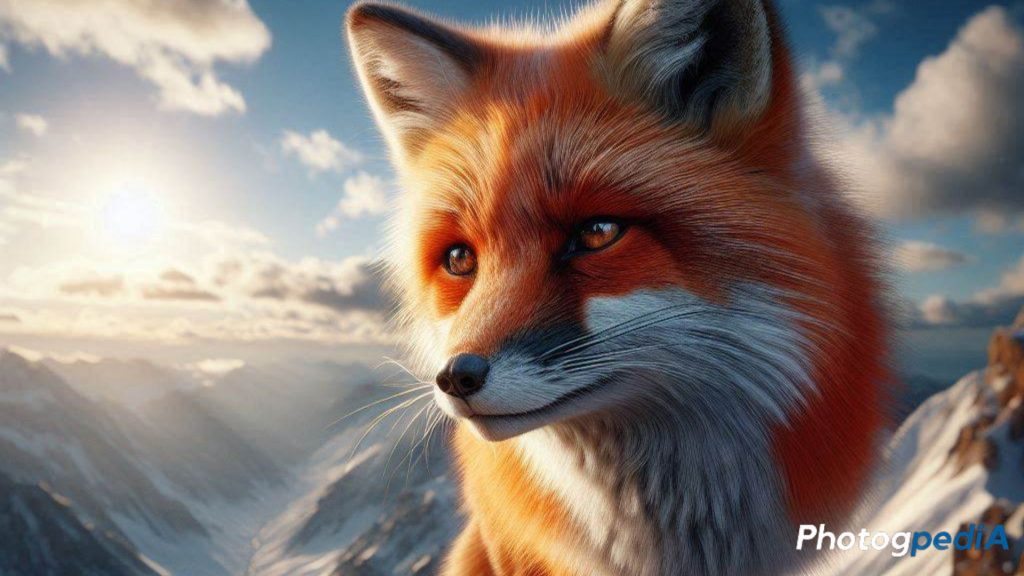
Anime AI Art
Anime and manga enthusiasts, rejoice! AI art allows you to delve into the vibrant world of anime aesthetics with AI-generated art. Drawing inspiration from the characteristic large, expressive eyes, dynamic poses, and fantastical themes of Japanese animation, AI can be trained on vast datasets of anime images.
This empowers it to replicate the style and create original characters, fan art, or even concept art for video games, all imbued with the unmistakable anime flair. Imagine generating your own unique character with flowing, gravity-defying hair and an outfit that perfectly captures your favorite anime genre.
Sample Prompt for Anime AI Art: A close-up anime portrait of a determined young woman with long, flowing pink hair and bright blue eyes, wearing a traditional Japanese school uniform and holding a magical staff.
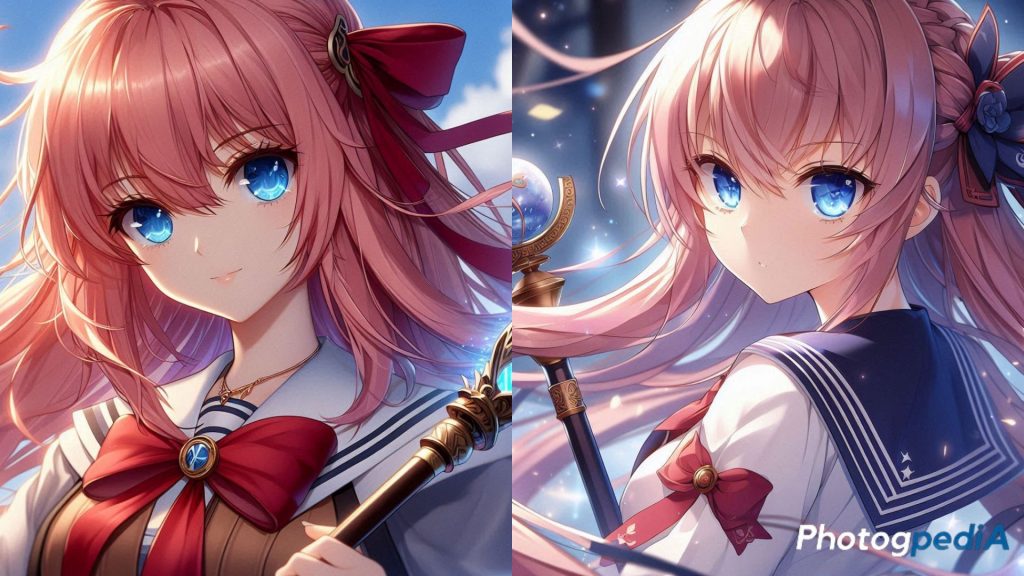
Abstract AI Art
Abstract AI art transcends the boundaries of representation, inviting us to lose ourselves in a captivating dance of shapes, colors, and forms. Unlike representational art, abstract art doesn’t attempt to depict the real world. Instead, it uses its visual elements to evoke emotions, thoughts, and interpretations unique to each viewer. AI can be a powerful tool for generating abstract art, drawing inspiration from existing abstract masterpieces and experimenting with various techniques.
The resulting pieces can be mesmerizing and thought-provoking, prompting viewers to contemplate the deeper meaning behind the colors and shapes that come together on the digital canvas.
Sample Prompt for Abstract AI Art: A swirling vortex of vibrant colors, with splashes of gold and silver, evoking a sense of energy and movement.
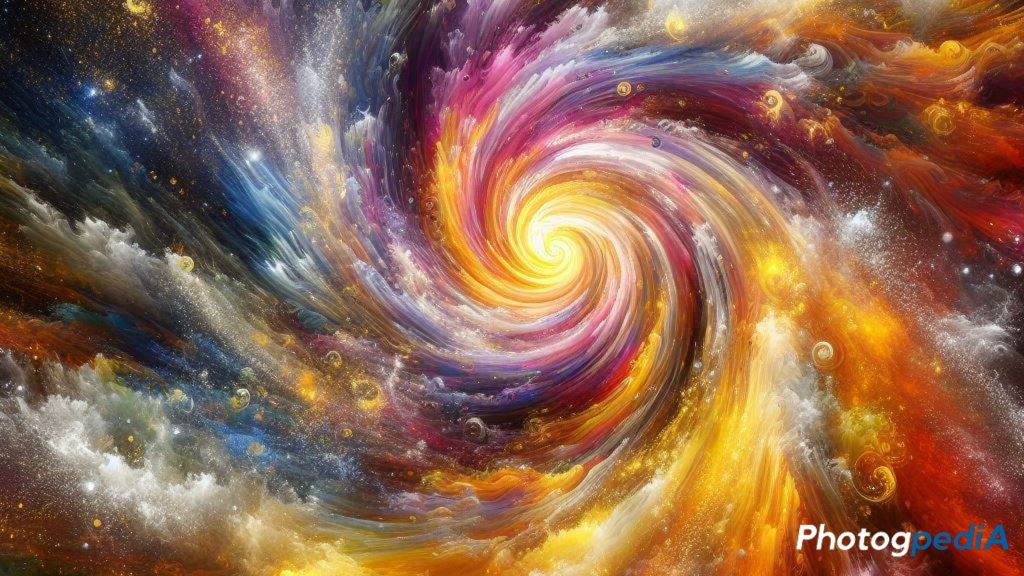
Impressionist AI Art
Step into the world of Impressionism with the help of AI art. This style takes its cues from the iconic Impressionist movement, renowned for its focus on light and its fleeting effects, captured through small, loose brushstrokes. AI can be trained to mimic this style, generating works that evoke the atmosphere and essence of a scene rather than meticulously replicating every detail.
Sample Prompt for Impressionist AI Art: A vibrant landscape painting in the style of Monet, depicting a field of wildflowers bathed in the warm glow of a summer sunset.
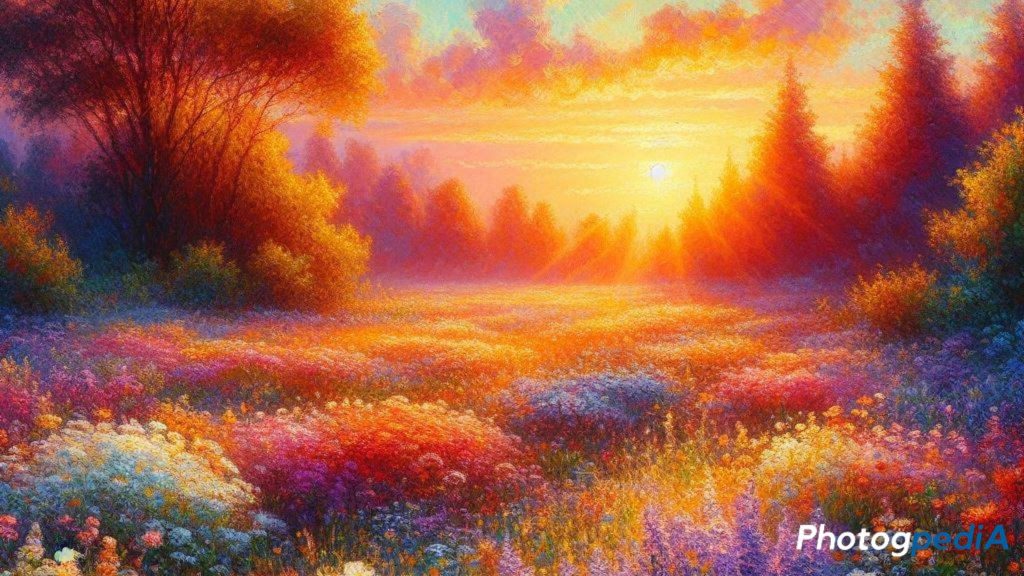
Surreal AI Art
Surreal AI art invites you to explore the fantastical and bizarre world of Surrealism. This style thrives on illogical juxtapositions, dreamlike imagery, and the fusion of the familiar with the strange. By combining various elements in unexpected ways, AI in effect can generate surreal art that challenges our perception of reality and sparks the imagination.
Sample Prompt for Surreal AI Art: A portrait of a woman with a clock face for a head, melting tears flowing down her cheeks, set against a backdrop of a starry night sky.
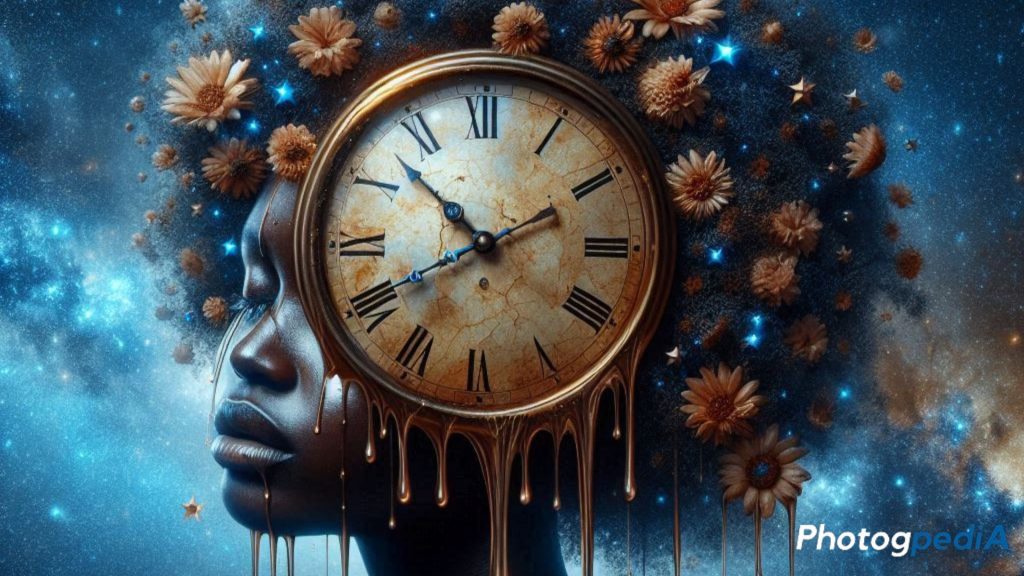
Impact of AI on Traditional Art
AI art has sparked a lively debate about its impact on traditional art forms. While some view it as a threat, others see it as a tool that can enhance and expand artistic expression. Comparing AI art to traditional art, we see that AI offers new techniques and perspectives that can complement rather than replace human creativity. Artists are increasingly integrating AI into their workflows, using it to explore new ideas and push the boundaries of their craft.
The Role of Artists in AI Art Creation
Artists play a crucial role in the creation of AI art. By collaborating with AI, they can harness the power of technology to bring their visions to life. This collaboration often involves a balance between artistic control and allowing the AI to generate unexpected and innovative results. Artists must navigate this dynamic, finding ways to incorporate AI’s capabilities while maintaining their creative voice.
Ethical Considerations in AI Art
The rise of AI art brings with it several ethical considerations. Questions of authorship and ownership are paramount, as it is often unclear who owns the rights to AI-generated art. Additionally, biases within AI systems can influence the art produced, reflecting and potentially perpetuating societal inequalities. Addressing these issues is critical as we move forward in integrating AI into the art world.
The Future of AI Art
The future of AI art is bright, with many predicting that it will continue to grow and evolve in exciting ways in due time. We can expect to see new art forms emerge, driven by advances in AI technology. Trends suggest a move towards more interactive and immersive experiences, with AI playing a central role in their creation.
However, As AI art continues its ascent, a question lingers: how will this impact the future of traditional art and the value we place on human creativity?
Scrolling through social media, it’s undeniable that AI art is becoming increasingly prevalent. Companies are utilizing AI-generated visuals for marketing campaigns, and online communities are buzzing with discussions about the latest AI art styles. While the innovation and creative potential of AI art are undeniable, a part of me can’t help but wonder – will AI ever truly replace the soul and intention poured into a piece created by a human hand?
There’s a certain magic in the brushstrokes of a master painter or the raw emotion conveyed in a charcoal sketch. Moreover, these traditional art forms hold a unique power to connect with us on a deeper level, reflecting the artist’s experiences, skills, and vision in a way that AI, for all its advancements, may struggle to replicate.
Ultimately, the future of art is yet to be written. As AI art continues to evolve, it’s important to embrace its potential while safeguarding the value of traditional art forms. The human spirit’s ability to create, imagine, and evoke emotion will undoubtedly continue to be a driving force in art.
Conclusion
While the debate around AI art’s impact on traditional art forms continues, one thing remains certain: the human desire to create and connect through art will endure.
So, how can you delve deeper into this fascinating world? If you’re curious about the technical aspects of AI art creation, be sure to check out our article on AI Art Generation, which explores the inner workings of this technology. Feeling inspired to experiment with AI art yourself? We’ve got you covered! Our guide on Stable Diffusion Tips and Tricks and Img2Img AI art generation offers valuable insights to help you navigate this popular AI art generation tool.
For those wanting to showcase their creations, our article on Best Metal Print Companies is helpful in selecting high-quality printing services.
The world of art is ever-expanding, and AI is just one chapter in its ongoing story. In either case, stay tuned as we continue to explore the exciting intersection of technology and creativity on our website!
About the Author
Hi, I’m Mark – an amateur photographer that first started in 2020. I particularly capture action figures in miniature settings and dioramas. You can follow more of my work at the following social media channels:
- Instagram – iselandmarkventures
- Facebook – iselandmarkventures
- YouTube – The Iselandmarkventures

